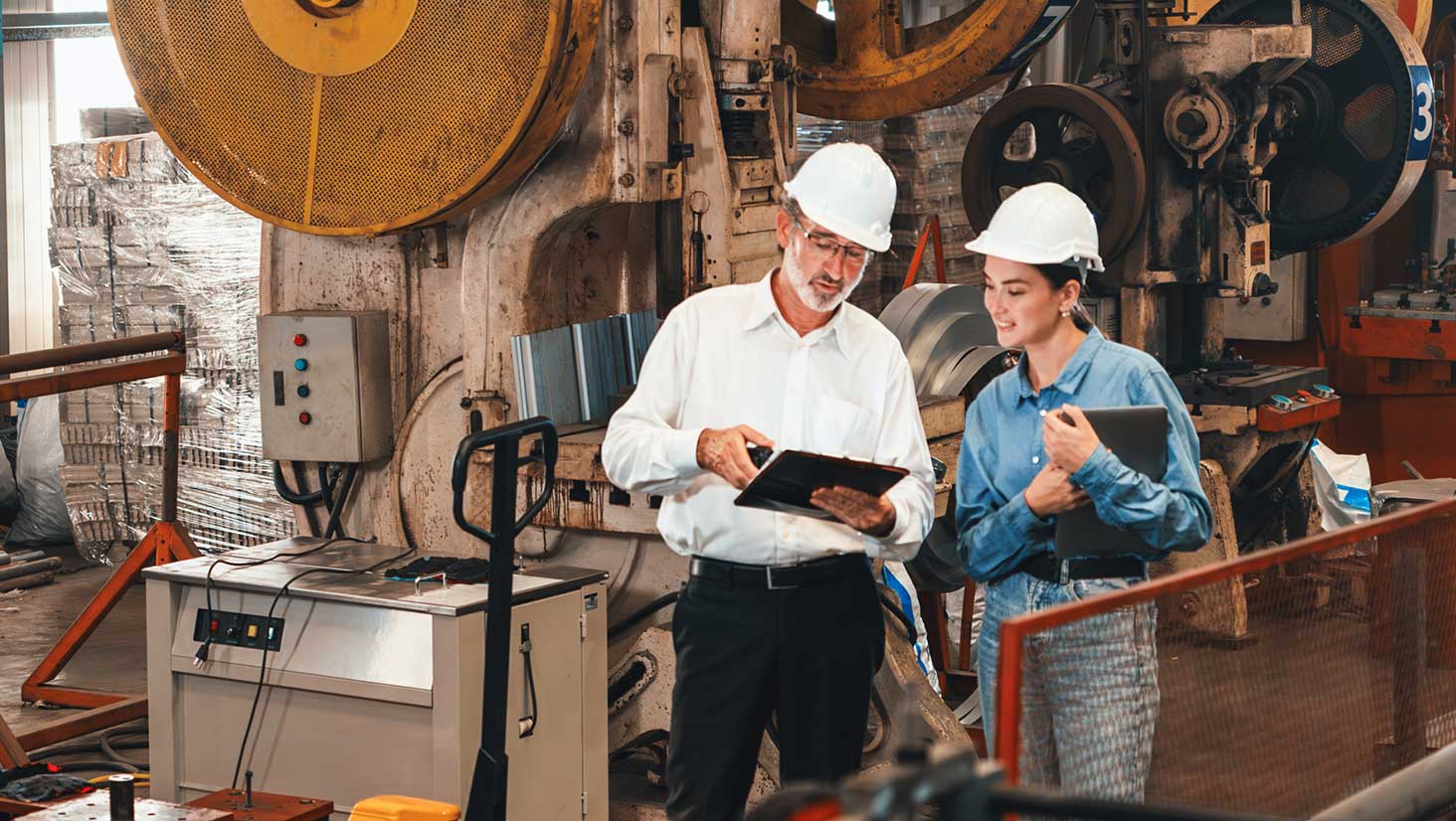
By Shayne Pendergast
By nature, I’m a tinkerer. I like to take things apart and put things together. I chalk it up to curiosity and wanting to know how things work. And when I know how things work, I usually get ideas about how they can work a little better. The same has been true of my experience with RPA in manufacturing.
RPA stands distinct from traditional automation. It is flexible and scalable and, when implemented strategically, intelligent. It also simulates human interaction, performing repetitive tasks efficiently, continuously, and with accuracy.
In short, RPA is often a way to do the job better, which is why I’m drawn to it. And RPA in manufacturing is like me with power tools. A perfect match. One difference: I definitely need more supervision than an RPA bot. My mind can run wild. A bot’s does not.
Application and benefits of RPA in manufacturing
RPA has many use cases in manufacturing. Streamlining supply chain operations, optimizing inventory management, ensuring consistent quality assurance, and simplifying compliance reporting are just a few examples.
However, vast as the applications are, the benefits of each are consistent:
- Enhanced efficiency: By automating routine tasks, RPA significantly reduces execution time, allowing human workers to concentrate on strategic and creative tasks. This shift not only boosts morale but also drives innovation within the company.
- Improved accuracy and quality: The precision of RPA systems virtually eliminates human error, ensuring that products consistently meet the highest quality standards, thereby enhancing brand reputation and customer satisfaction.
- Cost Reduction: Automation leads to substantial savings on labor costs. Additionally, RPA’s ability to minimize waste through precise control and monitoring of materials contributes further to cost efficiency.
- Scalability and Flexibility: Unlike traditional automation, RPA can scale up or down with minimal effort and cost, offering businesses the agility to respond to market demands swiftly.
In many ways, my work with RPA in manufacturing satisfies my urge to “tinker.” Except it’s less tinkering and more understanding processes, identifying how they can be improved, and where applicable, deploying bots to do them better…so people can do more meaningful, impactful work than they were doing before.
The future of RPA in manufacturing
While the benefits of RPA are compelling, RPA adoption comes with its hurdles. Resistance to change, selecting the right processes for automation, and ensuring data security are common obstacles. Addressing these concerns requires a strategic approach—beginning with comprehensive stakeholder engagement, targeted training programs for employees, and choosing technology partners that prioritize security and compliance.
Another challenge is the mistake of confusing automation with AI. They are distinct but complementary technologies. Both enhance the other. However, for many, AI is trendy and where organizations want to focus efforts. But RPA before AI makes AI better.
Looking toward the future, the evolution of RPA with AI (automation that integrates with machine learning) will revolutionize the manufacturing sector. It will far transcend looking at processes and making them better and more efficient. Instead, it will reinvent the toolbox and pave the way for predictive maintenance, enhanced decision-making capabilities, and smart factories. Those manufacturing organizations that embrace it and do it well will define the future.

Shayne Pendergast is RPA practice lead for Garnet River and UiPath Certified Advanced Developer. He can be reached at spendergast@garnetriver.com.
Subscribe to The River's Bend
The River's Bend is our monthly newsletter, featuring insights into what you should be looking for in business and technology before it can be seen...so you can prepare, act, and ultimately navigate a path forward.

